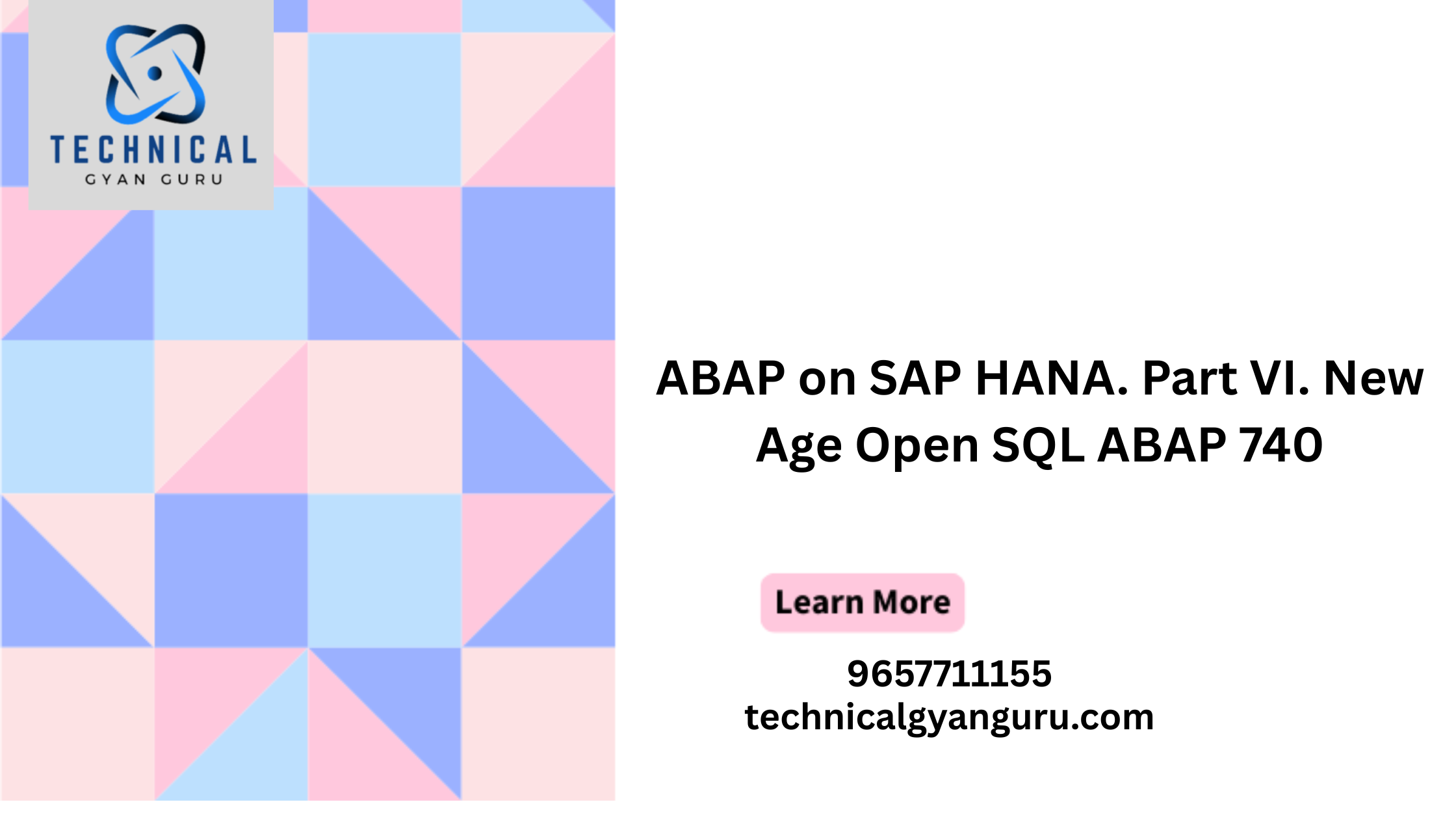
Introduction: In the era of data-driven decision-making, having access to accurate and timely information is paramount. SAP Landscape Transformation (SLT) Replication Server, a cutting-edge solution offered by SAP, enables organizations to achieve real-time data replication from various source systems to the SAP HANA database. In this blog, we’ll delve into the world of SLT, exploring its significance, architecture, benefits, and how it empowers businesses to harness the full potential of their data.
Unveiling SAP Landscape Transformation (SLT)
SAP Landscape Transformation (SLT) Replication Server is a real-time data replication solution that captures and replicates data changes from source systems into the SAP HANA database. It provides a seamless way to keep the SAP HANA database synchronized with data changes occurring in source systems, enabling organizations to make informed decisions based on the most up-to-date information.
Key Features and Architecture of SLT
1. Real-Time Replication: SLT offers real-time or near-real-time data replication, ensuring that data changes made in source systems are propagated to SAP HANA promptly.
2. Trigger-Based Approach: SLT uses database triggers to capture data changes from source tables, making it a non-intrusive method that doesn’t affect the performance of source systems.
3. Transformation Capabilities: SLT allows data transformations to be applied before data is loaded into SAP HANA, enabling data cleansing, enrichment, and formatting.
4. Bi-Directional Replication: SLT supports bi-directional replication, enabling data changes made in SAP HANA to be propagated back to source systems.
5. Monitoring and Control: SLT provides monitoring tools and dashboards to track the replication status, ensuring data consistency and accuracy.
6. Heterogeneous Data Sources: SLT supports data replication from various source systems, including SAP and non-SAP databases.
Benefits of SLT in SAP HANA
- Real-Time Insights: SLT enables organizations to access the most current data in SAP HANA, facilitating real-time reporting and analytics for informed decision-making.
- Data Consistency: By keeping the SAP HANA database synchronized with source systems, SLT ensures data consistency across the organization.
- Low Latency: The near-real-time replication of SLT minimizes the delay between data changes and their availability in SAP HANA, reducing decision-making latency.
- Data Transformation: SLT’s transformation capabilities allow data to be enriched, cleansed, and standardized before being loaded into SAP HANA.
- Reduced Load on Source Systems: SLT’s trigger-based approach minimizes the impact on source systems’ performance, as it doesn’t require extensive querying.
How to Implement SLT
Implementing SLT involves several steps, including setting up the SLT server, configuring source system connections, creating replication configurations, and monitoring the replication process. Here’s a high-level overview:
- Install and Configure SLT Server: Install the SLT software and configure the SLT server to connect to the SAP HANA database.
- Define Source System Connection: Configure the connection to the source system’s database, ensuring that the required authorizations are in place.
- Create Replication Configuration: Define the tables or data objects to be replicated and specify any necessary data transformations.
- Start Replication: Activate the replication configuration to begin the data replication process.
- Monitor and Manage: Use SLT’s monitoring tools to track the status of replication, handle errors, and ensure data consistency.
Conclusion
SAP Landscape Transformation (SLT) Replication Server is a game-changer in the realm of real-time data replication and synchronization. Its ability to capture and propagate data changes from diverse source systems to the SAP HANA database empowers organizations with up-to-the-minute insights for informed decision-making. By leveraging SLT, businesses can reduce data latency, enhance data consistency, and drive innovation by basing their strategies on accurate, current information. As the data landscape continues to evolve, mastering SLT becomes a pivotal skill for enterprises aiming to stay competitive in the dynamic world of data-driven business. SAP Landscape Transformation (SLT) in SAP HANA







